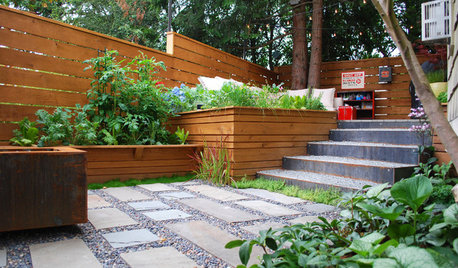Thymus citriodorus
sopcole
14 years ago
Related Stories

PATIOSPatio Details: Seattle Townhouse Gets a Taste of Outdoor Living
Working with cedar, steel, stone and planters, a landscape architect rethinks a backyard to make it a more inviting space
Full StoryMore Discussions










Daisyduckworth
sopcoleOriginal Author
Related Professionals
Carlisle Landscape Architects & Landscape Designers · Panama City Landscape Architects & Landscape Designers · Southfield Landscape Architects & Landscape Designers · Alexandria Landscape Contractors · Edmond Landscape Contractors · Long Beach Landscape Contractors · Melrose Park Landscape Contractors · North Lauderdale Landscape Contractors · Pleasanton Landscape Contractors · Tuscaloosa Landscape Contractors · Maple Heights Landscape Contractors · Ansonia Landscape Contractors · Cape Coral Roofing & Gutters · Rockville Roofing & Gutters · Santa Fe Roofing & GuttersDaisyduckworth